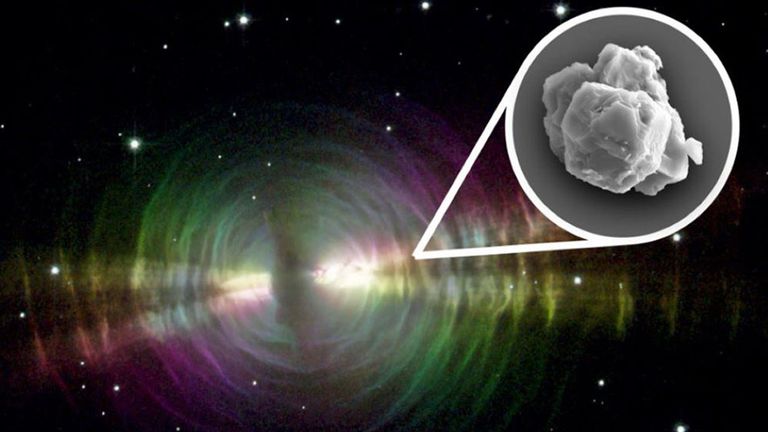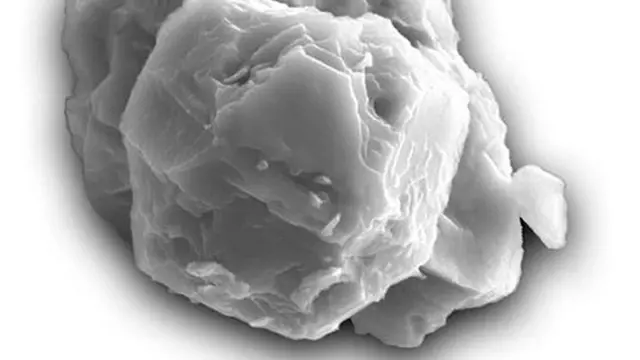Particles from a long dead star found inside a meteorite that fell to earth in the 1960s have been identified as the oldest solid material ever discovered.
The real-life stardust was formed up to seven billion years ago, long before our own sun had been born.
Stars are created when dust and gas floating through space find each other, collapse in on each other and heat up.
After burning for millions of years they die and throw particles that formed in their winds out in to space.
Those bits of stardust or presolar grains eventually form new stars, along with new planets and moons and meteorites.
Researchers from the The Field Museum of Natural History in Chicago analysed presolar grains found in the Murchison meteorite that fell in Victoria, Australia, in 1969.
Exposure age data allowed the researchers to measure their exposure to cosmic rays - high-energy protons and atomic nuclei which move through space at nearly the speed of light.
By measuring how many of the new cosmic-ray produced elements are present in a pre-solar grain, the scientists could calculate how long it was exposed to cosmic rays, telling them how old it is.
Based on how many cosmic rays they had soaked up, most of the grains had to be 4.6 to 4.9 billion years old, and some grains were older than 5.5 billion years.

Image:The presolar grains are likely to have originated from stars similar to those in Egg Nebula Pic: NASA
Lead author of the study, Professor Philipp Heck, said: "This is one of the most exciting studies I've worked on.
"These are the oldest solid materials ever found, and they tell us about how stars formed in our galaxy."
He added: "They're solid samples of stars, real stardust."
Publishing the results in the Proceedings of the National Academy of Sciences, the team described how analysing the presolar grains also unlocked secrets of the dying stars stars from which they came.
The researchers suggest that seven billion years ago, there was a bumper crop of new stars forming and the Murchison meteorite grains came from these.
"We have more young grains that we expected," said Prof Heck.
"Our hypothesis is that the majority of those grains, which are 4.6 to 4.9 billion years old, formed in an episode of enhanced star formation.
"There was a time before the start of the Solar System when more stars formed than normal."
Scientists also found that presolar grains often float through space stuck together in large clusters like "granola", something that had not previously been thought possible on that scale.
 简体中文
简体中文


